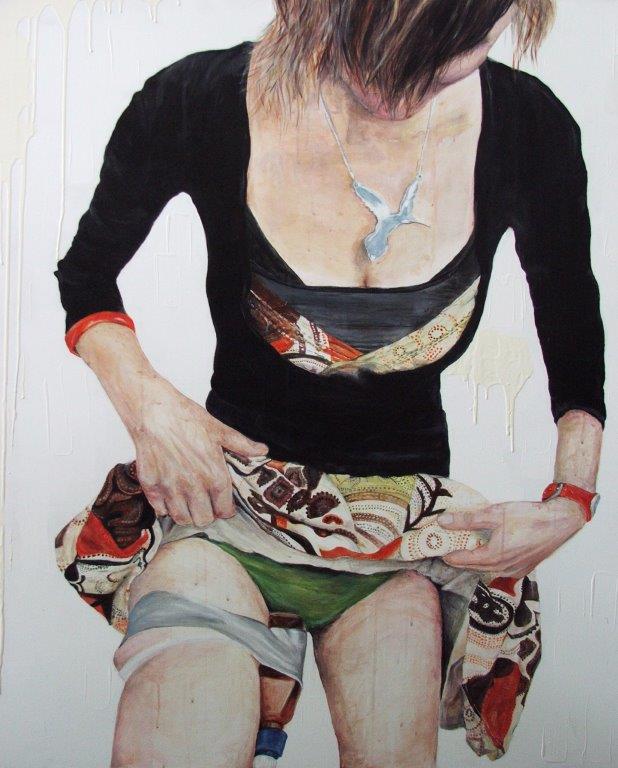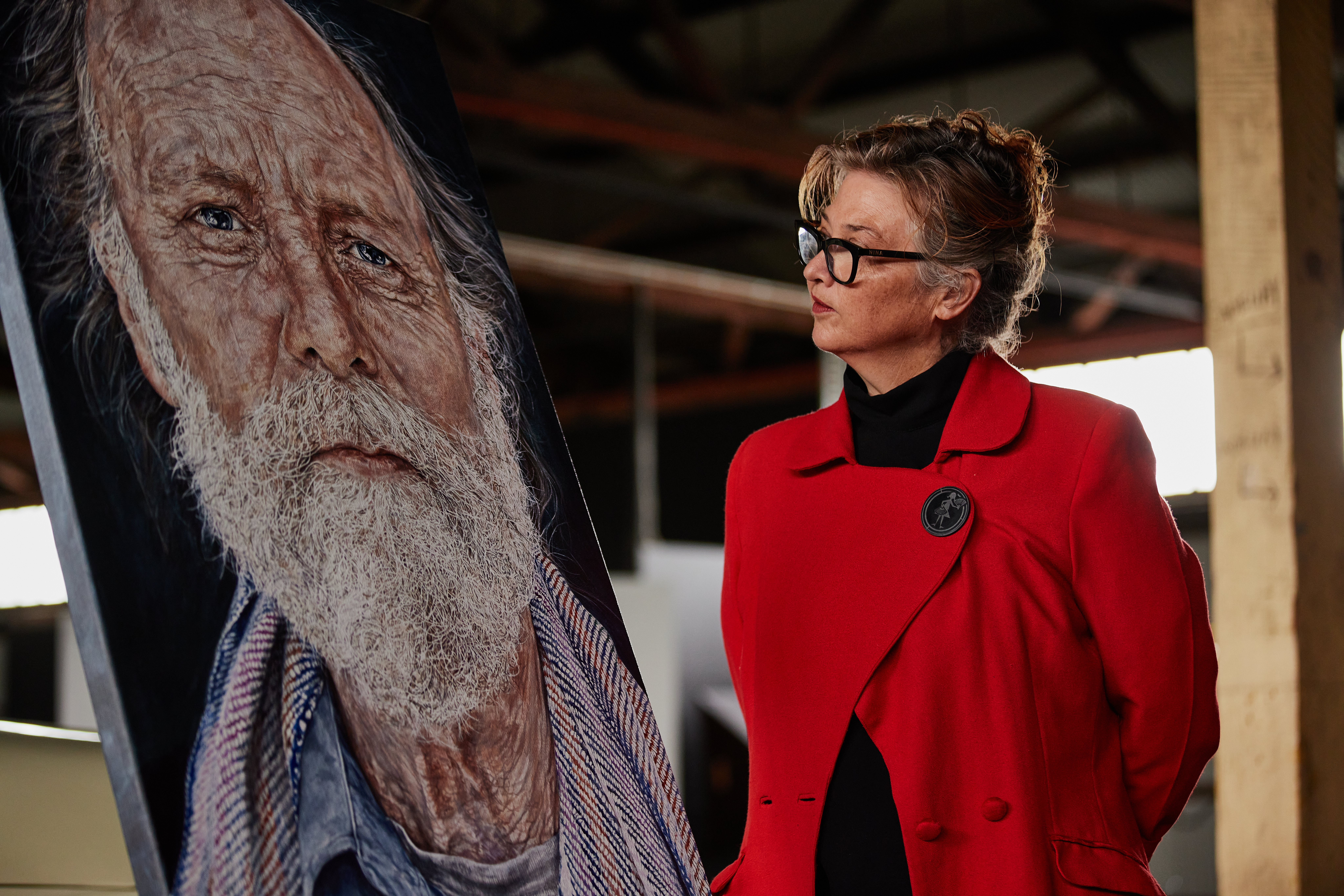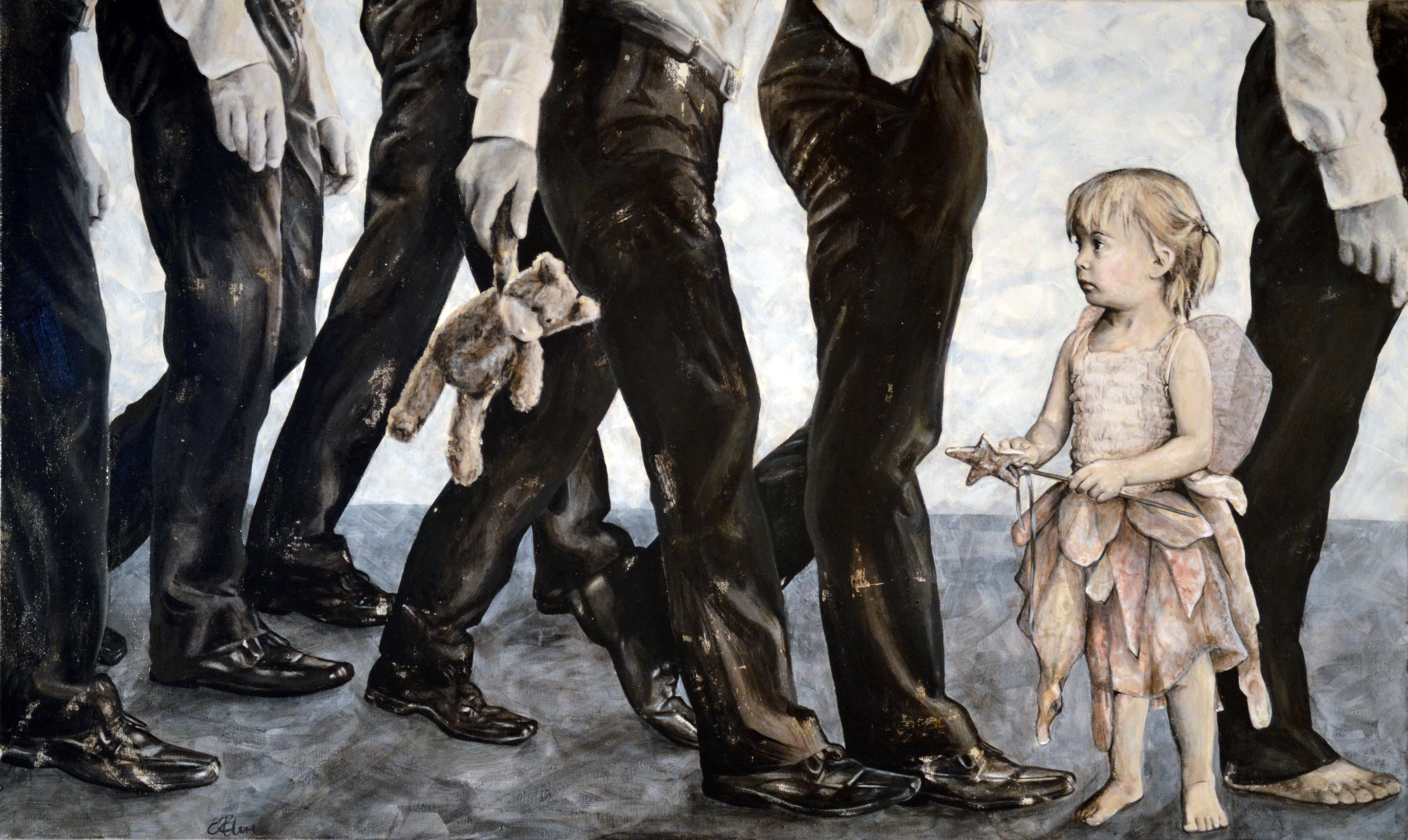Tasmanian Portraiture Prize
Created in 2008 through a partnership between RACT and Tasmanian Regional Arts, the Tasmanian Portraiture Prize (TPP) became a renowned art competition that gave many young artists a chance to showcase their work, gain exposure, and pursue their careers.
According to Kylie Eastley, the former TPP art curator and project manager, the competition began with humble beginnings and a desire to support Tasmania's young artists. With Tasmanian Regional Arts bringing art and exhibition knowledge, and RACT bringing connections to resources around the state, the TPP was born.
Partnerships with local galleries meant the exhibition could be toured around the state, which gave greater exposure and opportunity to young artists in regional areas, who previously might not have got recognition.
For regional artists whose community might not have recognised them, Kylie says that the TPP gave them support and guidance on how to present their work as well as pride and exposure within their community.
“Many of the artists who were interested in presenting work had never exhibited before or hung a picture on the wall before.” Kylie says. “We’d often receive entries that were wrapped up in doona covers or not wrapped at all. We even had works that were presented un-framed.”
Kylie says that demonstrated there was a need for guidance and support for young emerging artists in Tasmania, and the TPP was the perfect opportunity.
The competition not only gave young artists an opportunity to showcase their work but also provided insight into social and political issues from a youth perspective.
One year, a young refugee from the Pontville Immigration Detention Centre had his work displayed at the TPP with special permission. Kylie fondly remembers that his artwork was technically exceptional and spoke to the broader conversation around refugees at the time. Other years, she recalls, the focus was on gender fluidity, environmental issues, and other hot topic political issues amongst young Tasmanians.

Kylie states the importance of gaining reputable Australian artists to be judges.
“If you can imagine a young artist seeing that on the judging panel are people that have got extraordinary credentials, it really lifted and inspired them.”
Rachael Gates, a finalist in the TPP expressed just how motivational it was having highly accredited judges.
“I remember being quite excited because Kit Hiller was on the panel. She’s a well-known, respected artist and someone I really looked up to for her portraiture work, so it was really encouraging to receive feedback from her and others”.
Because of the TPP, it gave opportunities to artists that weren’t already there. Kylie estimates up to 30 per cent of artists went on to be represented in national contemporary art galleries. As well as some becoming finalists in other highly coveted prizes.

Emily Blom, a past TPP winner, is an example of the competition's impact on young artists' careers. She went on to be represented by national galleries, with her work held in public and private collections throughout Australia and the United States.
“The TPP offered young, emerging artists an opportunity to showcase their work and gain exposure,” she explains.
“The prize was a fantastic way for artists to express their ideas and share their stories in unique and innovative ways.”
For Emily, the exposure she received through the prize led to offers from several galleries, both local and interstate. Emily now works full-time as a professional artist and is represented by Salamanca-based gallery Handmark.

Not only did the TPP benefit emerging artists, but it also left a lasting impression on RACT staff. The stunning artwork showcased in the competition sparked lively conversations and piqued the curiosity of many employees, with some even purchasing pieces for themselves.
“By launching the TPP, RACT demonstrated that they had a heart for the arts. The competition was all about supporting young artists, many who struggle to find their feet in the industry,” explains Kylie.
According to Kylie, launching an art prize is no small feat, especially when it comes to contemporary art that can be difficult for a mainstream audience to understand and appreciate. Despite the risks involved, RACT was not afraid to take a bold step in supporting young artists.
"What RACT did was understand the risk that was attached to supporting an art prize that at the time was controversial, there is no art prize where everybody is happy, and what RACT demonstrated was that it was okay with supporting the arts community, and ultimately it played out beautifully.”
